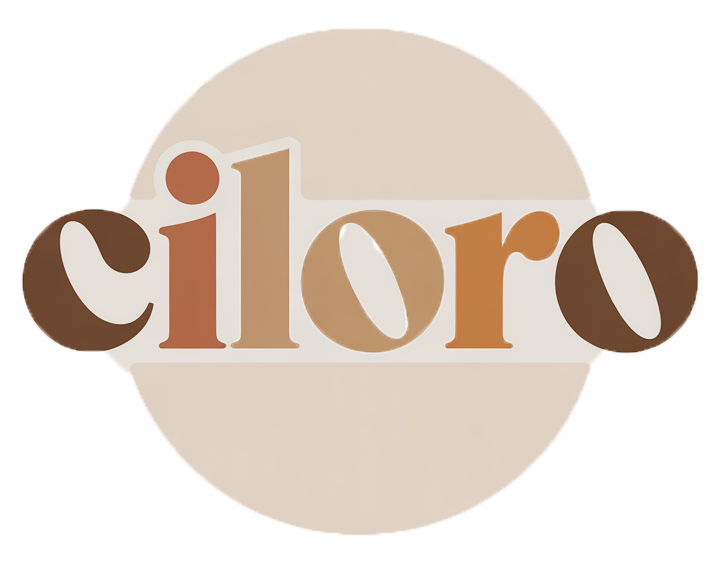Create a Moody Atmosphere in Your Home for Ultimate Comfort
A moody atmosphere in home decor is characterized by a deliberate selection of elements that evoke specific feelings and emotions. This aesthetic appeals to many because it creates a sanctuary that feels both intimate and expressive. By cultivating a space that reflects personal style and emotional needs, one can enhance their overall living experience.
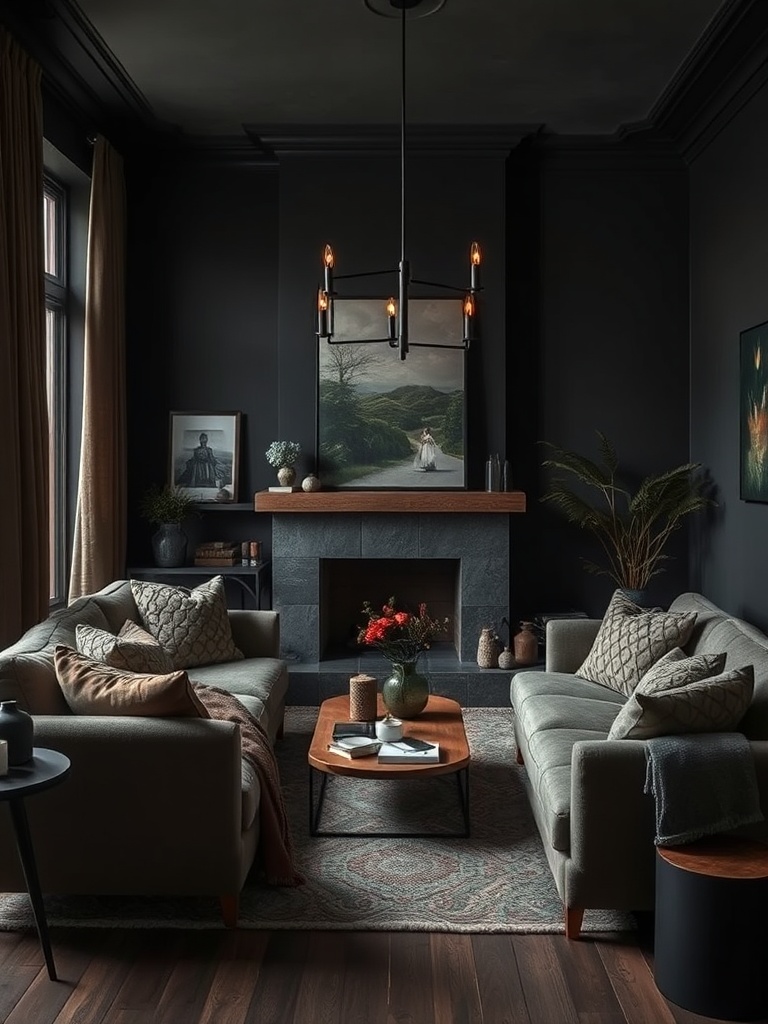
Creating a moody environment offers numerous benefits, including increased comfort, relaxation, and even inspiration. It allows individuals to feel more connected to their surroundings, promoting a sense of well-being. This article will explore easy and accessible methods to achieve a moody atmosphere in your home, focusing on various elements such as color, lighting, textures, and personal touches.
Understanding Mood and Atmosphere
What is Mood in Home Decor?
The term mood in design refers to the emotional tone set by a space. It can significantly influence how individuals feel and behave within that environment. A well-thought-out mood can transform a simple room into a place where one feels relaxed, energized, or inspired.
The Role of Atmosphere
Atmosphere plays a crucial role in enhancing comfort and relaxation. It encompasses all sensory experiences within a space, including sight, sound, and even scent. A carefully curated atmosphere reflects personal expression, allowing for a more profound connection to one’s home.
Color Schemes for a Moody Atmosphere
Dark Colors and Their Impact
Utilizing dark colors such as navy, charcoal, and deep greens can create a rich, inviting ambiance. These hues often evoke feelings of calm and sophistication. However, it’s essential to balance dark colors with lighter elements to prevent a space from feeling oppressive.
- Incorporate lighter furniture or decor items to create contrast.
- Use mirrors to reflect light and enhance the sense of space.
Accent Colors to Enhance Mood
Accent colors like jewel tones and metallics can enhance the overall mood of a room. These colors can be used strategically to create focal points and draw attention to specific areas. For example, a deep emerald green can be paired with gold accents to create a luxurious feel.
Lighting Techniques
Layered Lighting
Creating a moody atmosphere requires a thoughtful approach to lighting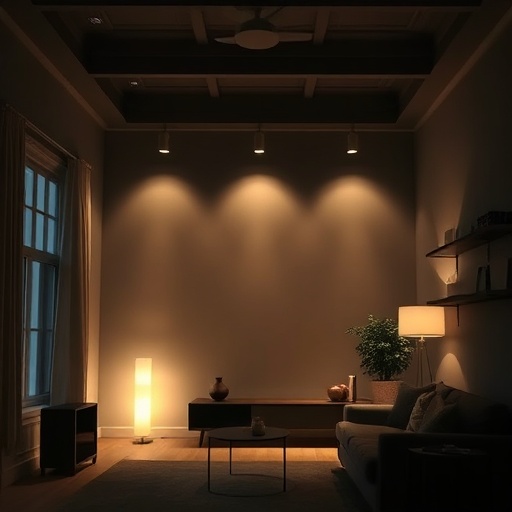
. Layered lighting involves combining ambient, task, and accent lighting to achieve depth and warmth in a space. Each type of lighting serves a unique purpose:
- Ambient lighting: Provides general illumination.
- Task lighting: Focuses on specific areas for activities.
- Accent lighting: Highlights features or decor.
Using Dimmer Switches
Dimmer switches offer a simple yet effective way to control the mood of a room. By adjusting the brightness, you can create an atmosphere that is either energetic or tranquil. Installing dimmer switches is a straightforward process that can be accomplished with basic tools.
Candles and Soft Lighting
Candles play a vital role in creating warmth and ambiance. They provide soft, flickering light that enhances a moody atmosphere. When choosing candles, consider:
- Variety of sizes and heights for visual interest.
- Fragrances that complement the mood you wish to create.
Textures and Fabrics
Incorporating Soft Textiles
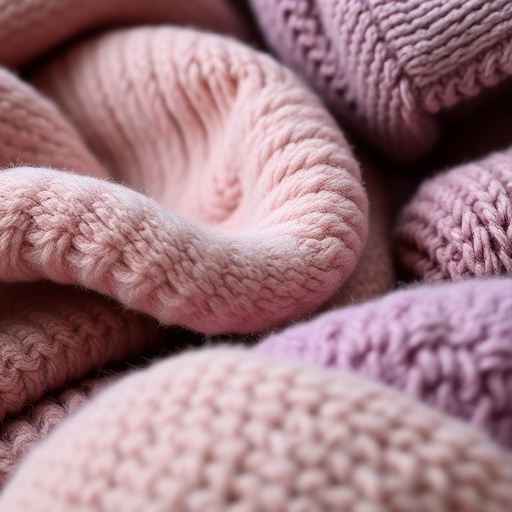
Soft textiles such as velvet, wool, and linen are excellent choices for achieving a moody feel. Layering different textures through cushions, throws, and rugs can add depth and comfort to a space.
Wall Treatments
Textured wall treatments like wallpaper or wood paneling can significantly enhance mood. When selecting treatments, consider options that resonate with your personal style while contributing to the overall atmosphere.
Furniture Arrangement
Creating Cozy Spaces
Arranging furniture to promote intimacy and comfort is key to a moody atmosphere. Cozy seating arrangements, such as clustering chairs around a coffee table or creating nooks with cushions, can invite relaxation.
Decluttering for a Calm Environment
Minimalism is essential in creating a moody atmosphere. A clutter-free space fosters a sense of calm and allows the chosen decor to shine. Regularly decluttering and organizing can help maintain this serene environment.
Incorporating Nature
Houseplants and Greenery
Houseplants enhance mood and air quality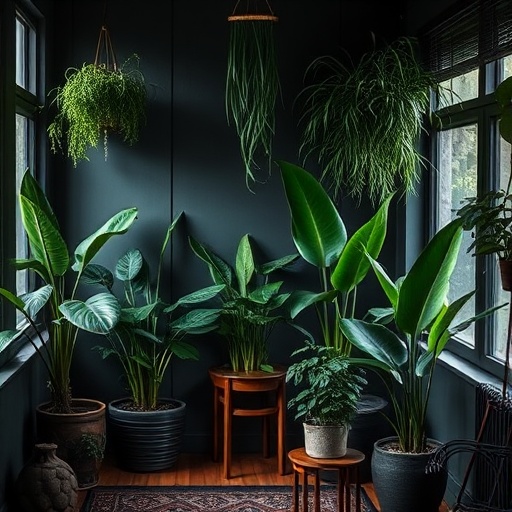
, making them valuable additions to a moody atmosphere. Consider low-maintenance plants like snake plants or pothos that fit well within this aesthetic.
Natural Elements in Decor
Incorporating natural materials such as wood and stone can add warmth and texture to your space. These elements can be introduced through furniture or decor items, creating a harmonious environment.
Personal Touches and Art
Choosing Art that Resonates
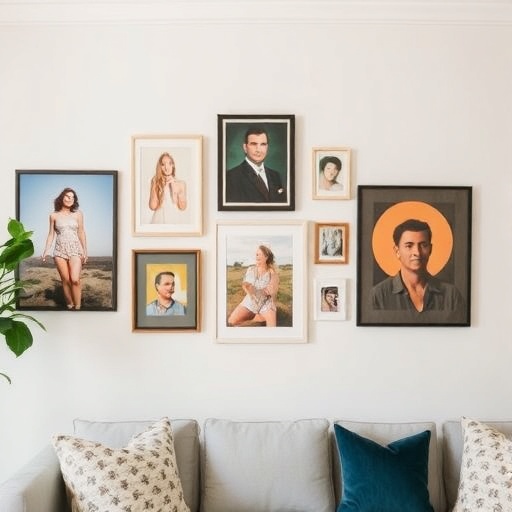
Personal art choices are crucial in setting the mood of a space. Select pieces that resonate with you and reflect your personality. Displaying art thoughtfully can enhance the overall atmosphere.
Meaningful Decor Items
Incorporating personal items, such as photographs and heirlooms, can contribute significantly to a moody atmosphere. These items tell a story and create a deeper emotional connection to your home.
Seasonal Adjustments
Adapting for Different Seasons
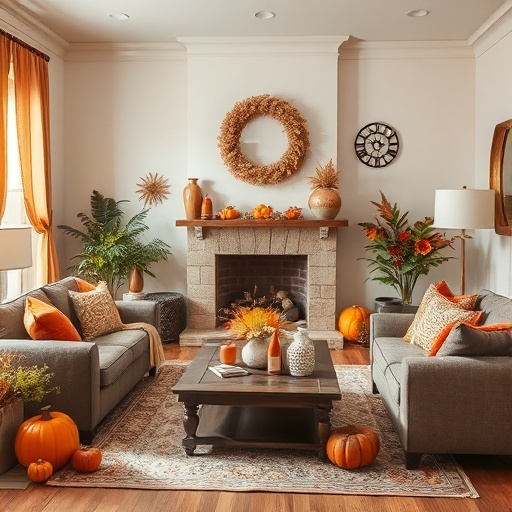
Modifying decor to reflect seasonal changes can enhance the mood of a space. Consider incorporating seasonal elements like warm colors in fall or cool blues in winter to keep the atmosphere fresh and inviting.
Holiday Decor
Creating a moody atmosphere during holidays can be achieved by integrating festive elements without compromising the overall aesthetic. Use subtle decorations that enhance the existing decor rather than overwhelm it.
Maintenance of a Moody Atmosphere
Regular Updates and Refreshes
Regularly updating decor is essential to maintain interest in your space. Simple changes, such as swapping out cushions or rearranging art, can keep a moody theme fresh.
Cleaning and Care
Maintaining textiles and surfaces is crucial for keeping a moody atmosphere looking inviting. Regular cleaning and care will ensure that your space remains comfortable and appealing.
Conclusion
In summary, creating a moody atmosphere in your home involves thoughtful consideration of various elements, including color, lighting, textures, and personal touches. By experimenting with these aspects, you can develop a space that reflects your unique style and enhances your well-being.
Embrace the journey of discovering what elements resonate with you and allow your home to become a true reflection of your personality and mood.
Key Takeaways
- Utilize dark colors and balance with lighter elements.
- Incorporate layered lighting for depth and warmth.
- Use soft textiles to enhance comfort and texture.
- Personalize decor with meaningful items and art.
- Adapt decor seasonally for freshness and mood enhancement.
- Maintain a clutter-free environment for tranquility.
FAQ
What colors are best for creating a moody atmosphere?
Dark colors like navy, charcoal, and deep greens are ideal for establishing a moody atmosphere. They create depth and sophistication when balanced with lighter elements.
How can I improve the lighting in my home for a cozier feel?
Consider using layered lighting, which combines ambient, task, and accent lighting. Dimmer switches and soft lighting sources like candles also contribute to a cozy atmosphere.
What types of fabrics should I use for a moody decor?
Fabrics such as velvet, wool, and linen are excellent choices for a moody feel. Layering different textures through cushions and throws adds depth and comfort.
How do I incorporate personal items into my decor?
Incorporate personal items like photographs and heirlooms that resonate with you. These items add character and a sense of belonging to your space.
What are some tips for seasonal decor adjustments?
To reflect seasonal changes, consider incorporating seasonal colors and elements. For example, warm hues in fall and cool shades in winter can keep your decor fresh and inviting.
